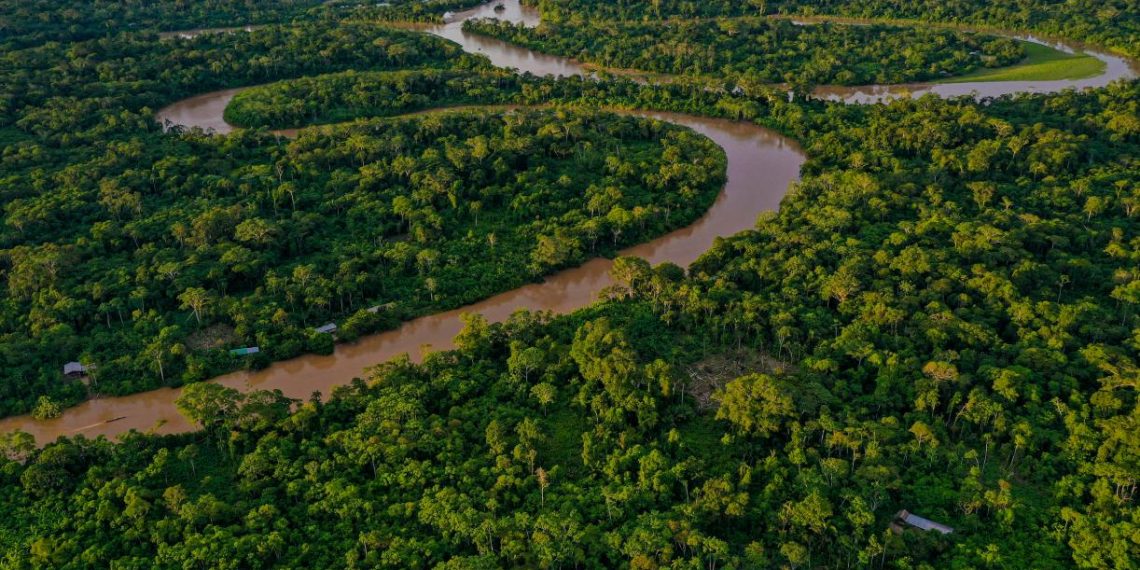After 36 Indigenous communities in the Peruvian Amazon used satellite-based alerts from Global Forest Watch, deforestation rates declined by 52% in one year.
The Challenge
Indigenous Peoples and local communities rely on forests for food, medicine, shelter and livelihoods. And research shows they are good land stewards: Worldwide, forests on Indigenous Peoples’ lands store an estimated 37.7 billion tons of carbon — equivalent to 29 times the annual greenhouse gas emissions of all passenger vehicles — and have lower deforestation rates than lands managed by other groups.
However, many of these forests are threatened by outsiders seeking to clear trees for farming, mining and logging. Monitoring technologies and satellite-based data can help detect deforestation, but most Indigenous and local communities are not aware of these technologies, nor do they have the capacity to take full advantage of them.
WRI’s Role
Since its launch in 2014, WRI’s Global Forest Watch initiative has provided training and technical assistance to hundreds of Indigenous Peoples, local communities and their allies on the effective use of data and monitoring technologies for forest protection.
In 2017, Global Forest Watch, in collaboration with the Rainforest Foundation US (RFUS); ORPIO, a Peruvian Indigenous organization; and researchers from Johns Hopkins University and New York University launched a two-year randomized control trial to evaluate a forest monitoring program in Loreto, a large area in the Amazonian rainforest of northeastern Peru. Project organizers selected 36 Indigenous communities to participate, who in turn elected community monitors to receive training on satellite-based deforestation alerts and imagery accessed through Global Forest Watch. Using satellite-based data, community monitors received notifications of deforestation in nearby forest, investigated their cause, documented evidence using the Forest Watcher mobile app and drones, and presented their findings to community-wide assemblies to collectively determine which actions to take.
The Outcome
A study published in the Proceedings of the National Academy of Sciences (PNAS) in 2021 evaluated the effectiveness of this approach. Deforestation rates decreased in the participating communities by 52% the first year and by 21% the second year, as compared to 37 communities in the control group, who did not use the technologies. Participating communities also reported that using the system made monitoring more efficient and led to speedier decision-making.
This study further validates the efficacy and cost-effectiveness of empowering Indigenous communities with forest monitoring technologies and training. Local forest scouts can be readily deployed, move quickly across known territories, and have a personal stake in forest protection. RFUS estimates that the monitoring system costs approximately $6/hectare of forest per year, which includes the costs of training, technologies and equipment, as well as payments to the communities for their time.
The project and associated study provide evidence that community monitoring yields real reductions in deforestation. This serves to empower communities with the information they need to protect their cultural heritage and ancestral lands, while demonstrating the value of investing climate finance and other development assistance in community-led forest protection.


